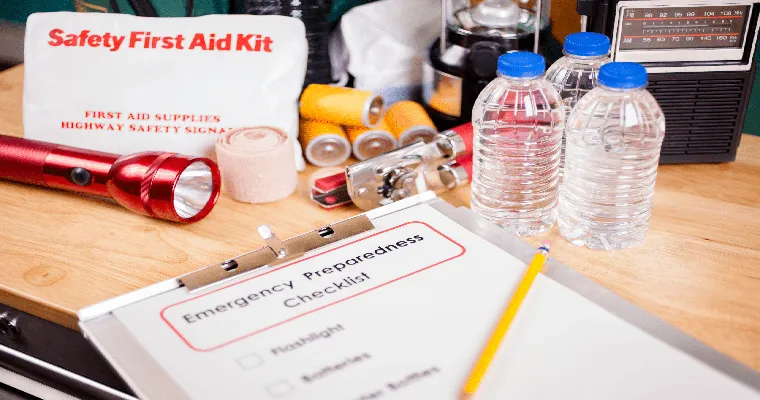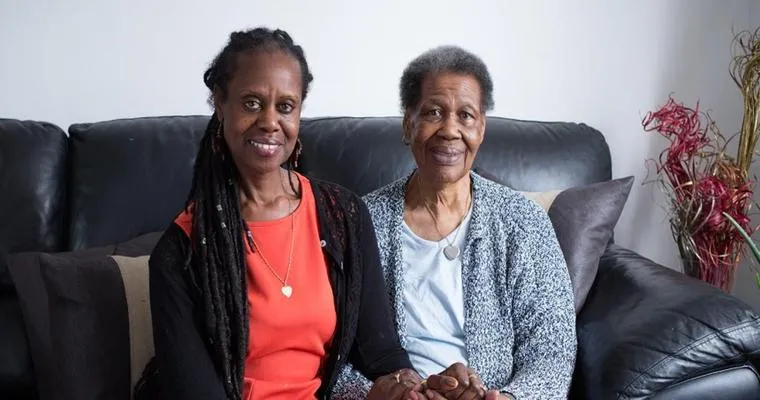As a caregiver, having an "Emergency Medical File" is essential for ensuring the safety and well-being of those you care for. This file serves as a central repository for critical health information, making it easier to access important details during emergencies. In this article, we will explore the key components of an "Emergency Medical File" and why it is indispensable for every caregiver.
Why an Emergency Medical File is Important
In times of crisis, quick access to medical information can significantly impact the outcome of treatment. An "Emergency Medical File" can include vital details such as medical history, allergies, medications, and emergency contacts. By having this information organized and readily available, caregivers can provide healthcare professionals with the necessary data to make informed decisions.
Key Components of an Emergency Medical File
1. "Personal Information": Start your file with the individual's full name, date of birth, and contact information. This should also include the names and contact numbers of family members or close friends who can be reached in case of an emergency.
2. "Medical History": Document the individual’s complete medical history, including past surgeries, chronic conditions, and any significant illnesses. This section should also highlight any previous hospitalizations and the reasons behind them.
3. "Medication List": Create a comprehensive list of all medications being taken, including dosage, frequency, and the prescribing doctor’s contact information. Make sure to note any over-the-counter medications and supplements as well.
4. "Allergies": Clearly outline any known allergies, particularly to medications, foods, or environmental factors. This information is crucial for medical professionals to avoid potential allergic reactions during treatment.
5. "Emergency Contacts": Include a list of emergency contacts who can be reached quickly. This should feature family members, close friends, and healthcare providers.
6. "Insurance Information": Keep a copy of the individual’s health insurance card or details, including policy numbers and contact information for the insurance provider. This information can expedite the process of receiving care.
7. "Advance Directives": If applicable, include any advance directives, living wills, or power of attorney documents. These directives provide guidance on the individual’s preferences for medical treatment in emergency situations.
Tips for Organizing Your Emergency Medical File
Use a binder or folder to keep all documents together and easily accessible.
Regularly update the file to reflect any changes in medical history, medication, or contact information.
Make copies of the file for family members or other caregivers who may need access.
Consider digital options for storing this information securely, ensuring it is easily retrievable in emergencies.
Conclusion
Creating an "Emergency Medical File" is a crucial step for every caregiver. By organizing vital health information, caregivers can ensure that they are prepared for any medical emergency. With a well-maintained file, you can provide crucial assistance to healthcare professionals and help ensure the safety and well-being of those in your care. Start today, and make sure that you and your loved ones are prepared for any situation that may arise.





